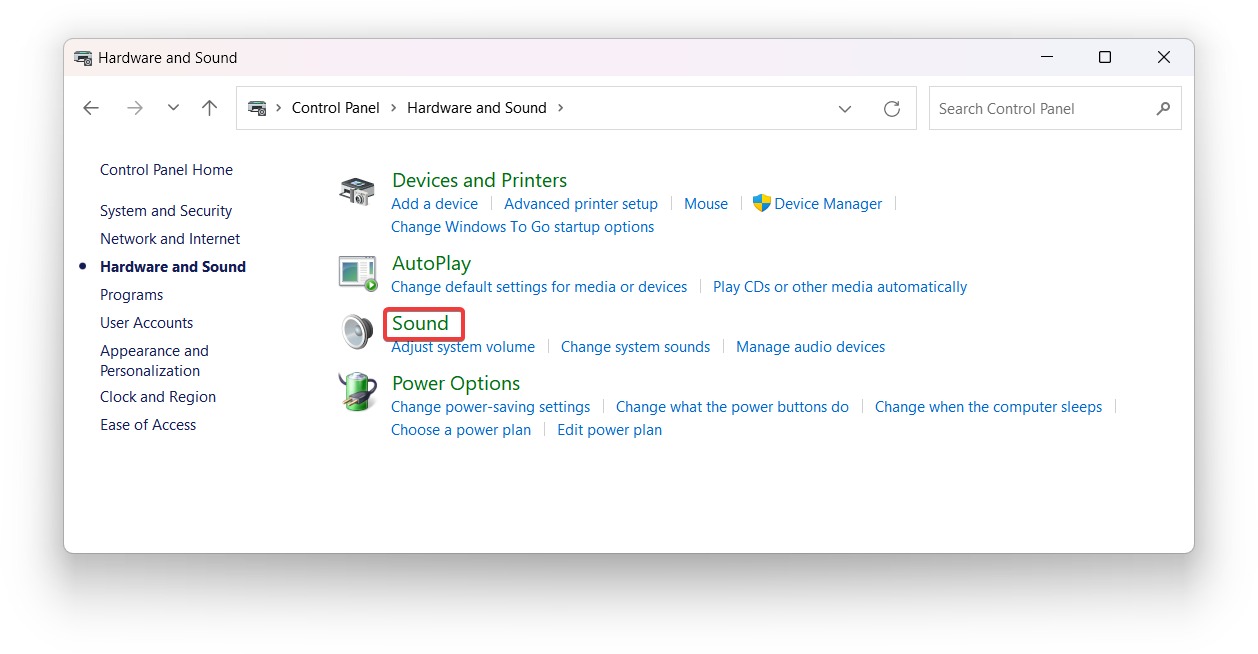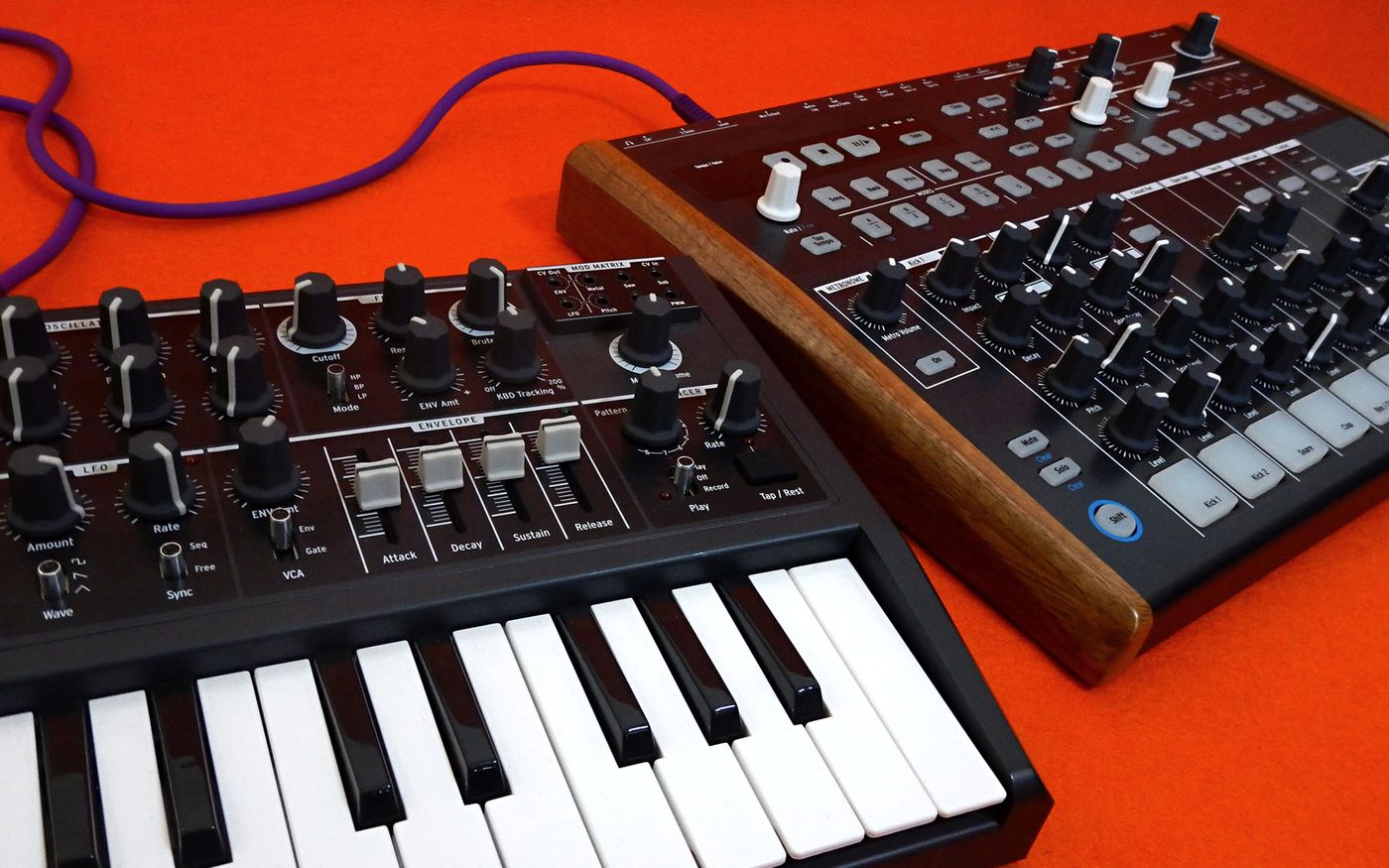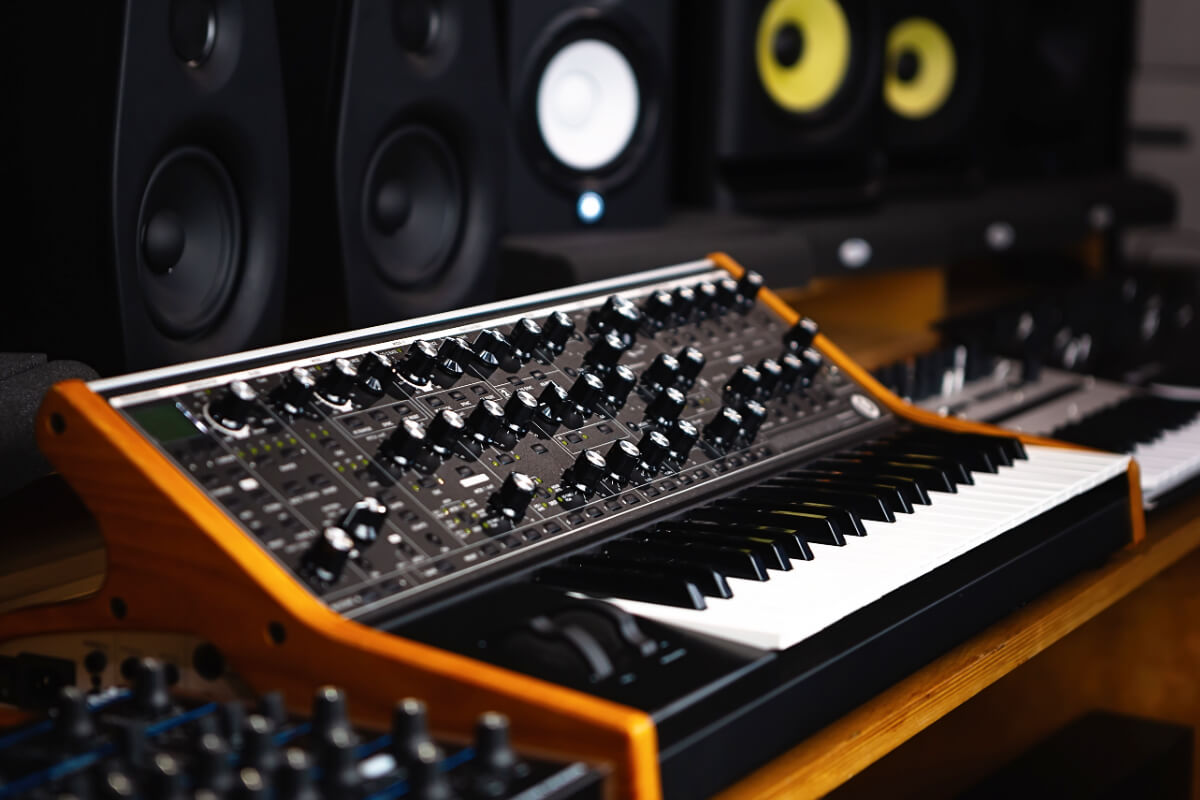Home>Devices & Equipment>Microphone>What Type Of Device Is A Microphone?


Microphone
What Type Of Device Is A Microphone?
Modified: March 12, 2024
Discover the different types of microphones and their uses. Learn about the various devices that capture sound and amplify your voice. Choose the best microphone for your needs.
(Many of the links in this article redirect to a specific reviewed product. Your purchase of these products through affiliate links helps to generate commission for AudioLover.com, at no extra cost. Learn more)
Table of Contents
Introduction
The humble microphone, often overlooked in our daily lives, plays a pivotal role in capturing and amplifying sound. Whether it's the crystal-clear vocals of a singer on stage, the lively banter of a podcast, or the seamless communication in a conference room, microphones are the unsung heroes behind the scenes. These unassuming devices have a fascinating history and a wide array of applications that have shaped the way we experience audio.
Microphones come in various shapes and sizes, each designed for specific purposes, and their evolution has been closely intertwined with technological advancements. From the early carbon microphones to the sophisticated condenser and dynamic microphones of today, these devices have undergone significant transformations, revolutionizing the way we communicate, entertain, and record sound.
In this article, we will delve into the intricate world of microphones, exploring their functions, different types, working principles, and diverse applications. By understanding the inner workings of these devices, we can gain a deeper appreciation for their role in our modern audio-centric world. So, let's embark on a captivating journey to unravel the mysteries of microphones and uncover the magic behind these indispensable tools of sound capture and amplification.
The Function of a Microphone
At its core, a microphone serves as a transducer, converting sound waves into electrical signals that can be amplified, recorded, or transmitted. This fundamental function forms the backbone of various audio applications, from live performances and studio recordings to telecommunication and public address systems.
When sound waves, produced by a voice, musical instrument, or any other source, reach the diaphragm of a microphone, they cause it to vibrate. This vibration is then transformed into an electrical signal through intricate mechanisms within the microphone. The resulting electrical signal carries a representation of the original sound wave, which can be processed and utilized in numerous ways.
Microphones are designed to capture sound with precision, faithfully reproducing the nuances and subtleties of the original source. This capability is crucial in ensuring high-quality audio reproduction, whether it’s the crisp articulation of a public speaker, the rich timbre of a musical performance, or the accurate transmission of voice in telecommunication systems.
Furthermore, microphones play a vital role in noise reduction and signal enhancement, allowing for clear and intelligible audio even in challenging acoustic environments. By amplifying and refining sound signals, microphones contribute to the seamless communication and immersive audio experiences that have become integral to our daily lives.
Understanding the function of a microphone provides insight into its significance across diverse domains, from entertainment and media production to scientific research and industrial applications. The ability to capture and convert sound waves into electrical signals has paved the way for transformative advancements in audio technology, shaping the way we interact with sound on a global scale.
Different Types of Microphones
Microphones come in a variety of types, each tailored to specific applications and environments. Understanding the distinctions between these types is essential for selecting the most suitable microphone for a particular use case. The primary types of microphones include dynamic microphones, condenser microphones, ribbon microphones, and lavalier microphones, each with unique characteristics and advantages.
- Dynamic Microphones: These rugged and versatile microphones are widely used in live sound reinforcement, recording studios, and broadcasting. Known for their durability and ability to handle high sound pressure levels, dynamic microphones are ideal for capturing loud sound sources such as amplified instruments and percussion.
- Condenser Microphones: Renowned for their sensitivity and wide frequency response, condenser microphones are favored for studio recordings, vocal performances, and acoustic instrument capture. With their ability to deliver detailed and transparent sound reproduction, condenser microphones are a staple in professional audio production.
- Ribbon Microphones: These vintage-style microphones boast a warm and natural sound character, making them popular for recording vocals, brass instruments, and string ensembles. Ribbon microphones excel in capturing subtle tonal nuances and are prized for their classic sonic signature.
- Lavalier Microphones: Also known as lapel microphones, lavalier microphones are designed for hands-free operation and discreet placement. Widely used in broadcast, theater, and public speaking engagements, lavalier microphones offer unobtrusive and reliable audio capture for presenters and performers.
Each type of microphone has its own strengths and limitations, and the choice of microphone type depends on factors such as the intended application, acoustic environment, and desired sound characteristics. By understanding the unique attributes of each microphone type, audio professionals and enthusiasts can make informed decisions to achieve optimal sound capture and reproduction.
How Microphones Work
Microphones operate on the principle of transduction, wherein they convert acoustic energy (sound waves) into electrical signals. This intricate process involves several key components working in harmony to capture, transform, and transmit sound with remarkable precision.
At the core of most microphones is a diaphragm, a thin membrane that responds to changes in air pressure caused by sound waves. When sound waves reach the diaphragm, it vibrates in sync with the variations in air pressure, thereby converting the acoustic energy into mechanical motion.
Adjacent to the diaphragm is a transducer, which is responsible for converting the mechanical motion of the diaphragm into electrical signals. In dynamic microphones, the transducer consists of a coil of wire attached to the diaphragm, situated within the magnetic field of a permanent magnet. As the diaphragm vibrates, the coil moves within the magnetic field, inducing an electrical current that corresponds to the original sound waves.
Condenser microphones, on the other hand, utilize a capacitor (or condenser) as the transducer. The diaphragm acts as one plate of the capacitor, with a backplate serving as the opposing plate. As the diaphragm vibrates, the distance between the diaphragm and the backplate changes, causing variations in capacitance. This variation in capacitance results in the generation of an electrical signal proportional to the sound waves.
Once the electrical signal is produced, it is further processed and amplified through internal circuitry within the microphone. This signal can then be transmitted via cables, wireless systems, or integrated into recording devices for storage and subsequent playback.
It’s important to note that the design and components of microphones vary across different types, leading to distinct operational characteristics and sonic qualities. Understanding the inner workings of microphones provides valuable insight into their capabilities and aids in selecting the most suitable microphone for specific applications and audio requirements.
Applications of Microphones
Microphones play a pivotal role in a vast array of applications, spanning entertainment, communication, scientific research, and beyond. Their ability to capture, amplify, and transmit sound has empowered diverse industries and enriched numerous facets of modern life.
Live Sound Reinforcement: In live music performances, public speaking engagements, and theatrical productions, microphones are indispensable for amplifying voices and instruments to ensure clear and impactful sound projection to audiences of all sizes. From dynamic vocal microphones to specialized instrument mics, these devices are essential tools for delivering captivating live performances.
Studio Recording: Within recording studios, microphones are used to capture the nuances of musical performances, vocal expressions, and ambient soundscapes with unparalleled fidelity. Condenser microphones, ribbon microphones, and other specialized variants cater to a wide range of recording needs, contributing to the creation of timeless musical compositions and audio productions.
Broadcasting and Podcasting: Microphones are the backbone of radio broadcasting, podcast production, and audio journalism, facilitating clear and articulate communication to engage and inform audiences. Whether in professional broadcast studios or home recording setups, microphones enable the creation of captivating audio content for listeners worldwide.
Telecommunication: From traditional landline telephones to modern VoIP systems and mobile devices, microphones are integral components for transmitting clear and intelligible speech during voice calls and video conferencing. Their role in facilitating seamless communication across vast distances has redefined the way we connect and collaborate in the digital age.
Scientific and Industrial Applications: Microphones are utilized in scientific research, acoustic measurements, and industrial processes to capture and analyze sound for a myriad of purposes, including environmental monitoring, quality control, and noise analysis. Their precision and reliability make them invaluable tools in fields where accurate sound capture is essential.
Security and Surveillance: In security systems and surveillance technology, microphones are employed to capture audio evidence, monitor environmental sounds, and enhance situational awareness. These applications contribute to public safety and the protection of critical infrastructure.
From enriching our entertainment experiences to facilitating seamless communication and contributing to technological advancements, microphones have left an indelible mark on the way we perceive and interact with sound, underscoring their enduring significance in our modern world.
Conclusion
Microphones, often taken for granted, are indispensable tools that have revolutionized the way we capture, amplify, and interact with sound. From the grand stages of live performances to the intimate confines of recording studios, microphones have played a crucial role in shaping our auditory experiences across a myriad of applications.
Understanding the diverse types of microphones and their unique characteristics provides insight into the nuanced art of sound capture and reproduction. Whether it’s the robustness of dynamic microphones, the sensitivity of condenser microphones, or the vintage allure of ribbon microphones, each type offers distinct sonic possibilities tailored to specific needs and preferences.
Furthermore, delving into the inner workings of microphones reveals the intricate process of transduction, where acoustic energy is transformed into electrical signals with remarkable accuracy. This fundamental principle underscores the significance of microphones in facilitating seamless communication, enabling captivating audio productions, and contributing to scientific and industrial advancements.
As we navigate an increasingly audio-centric world, the role of microphones continues to evolve, transcending traditional applications to encompass emerging technologies and innovative uses. Whether it’s enhancing telecommunication systems, advancing acoustic research, or driving immersive virtual experiences, microphones remain at the forefront of audio innovation.
In essence, microphones epitomize the convergence of art and technology, enabling us to capture the essence of sound and share it with the world. Their enduring legacy as catalysts for creativity, communication, and discovery underscores their indispensable nature in our modern lives.
So, the next time you’re captivated by a stirring musical performance, engaged by a compelling podcast, or immersed in a seamless video call, take a moment to appreciate the unassuming yet extraordinary device that makes it all possible—the microphone.











